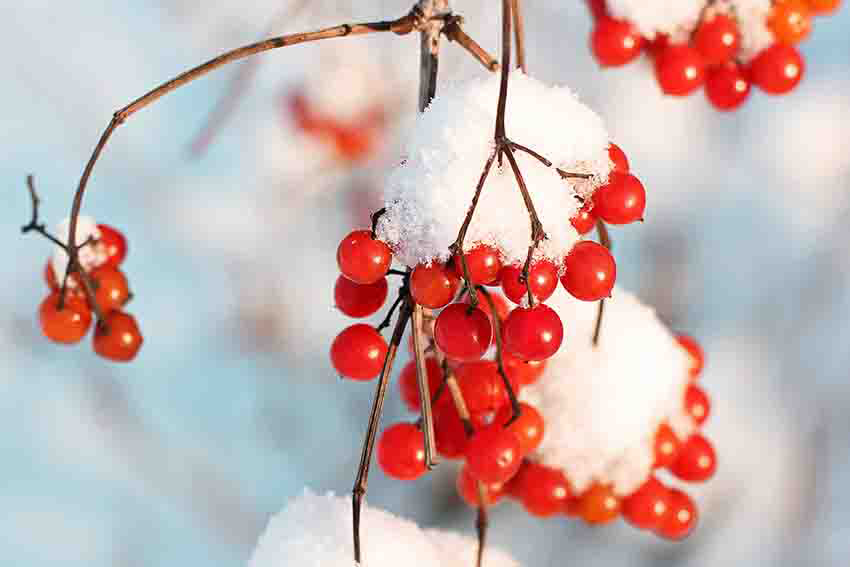Digital Photo ABC: Photo Storage
There is nothing difficult in creating a structured photo file directory it seems. But to make things clear we should first have a closer look at some terms referring to the storage of images. And these would be the names of file formats mostly.
JPEG – is the most commonly used image format. When saving images as JPEG the computer finds one-color areas and encodes them. The technique is based on the peculiarity of the human eye that cannot perceive several points of a slightly different tint on a same one-color background. That's why when saving images in JPEG format separate points are not distinguished and are encoded as the main background. There are several compression levels of JPEG: the higher the compression level is, the less detail the image would have.

Picture at Maximum JPEG Compression
TIFF – when choosing a camera many amateur photographers ask if their new camera would be able to save images in TIFF format. This format gives a possibility to store images with almost no loss: a special file format language lets you save all possible information about the picture (from the file size to the number of the colors used in it). But you have to pay for good quality images with file size: images in TIFF use 3 times more space than similar JPG files.
RAW is a specific format enabling us to save pictures we've taken just as they come from a matrix to a processor - as numerical arrays. Each array keeps information on a single point in an image. This means that a RAW file from a 4 MP camera will keep 4 million arrays (and it requires a lot of memory of course). Only a special decoder, which usually is a part of a camera kit, can read such a "picture". But the quality of it would be at a maximum. And photographer's mistakes would not be joined by processor mistakes at least.
What format to choose for storing your photos then? Ideally, it is best not to limit yourself with a single format: not all pictures have the same value. The most valuable images are better stored without compression and day to day photos may be compressed to JPEG.